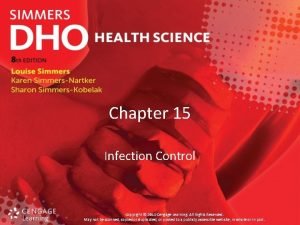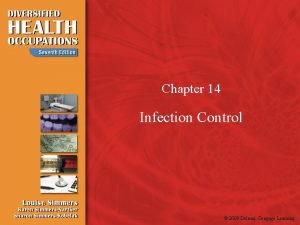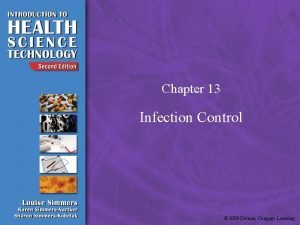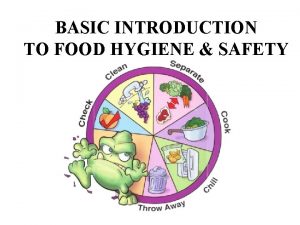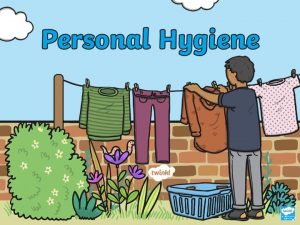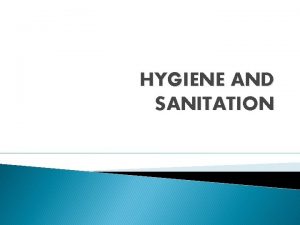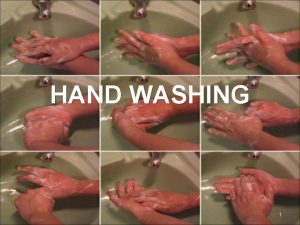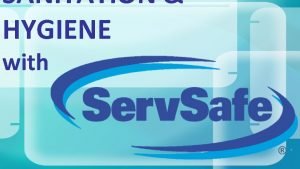Hygiene Introduction Washing Hands One of the most






- Slides: 6

Hygiene - Introduction

Washing Hands • One of the most effective behaviors to prevent diarrhoea, roundworm and whipworm. • Rarely done at the most crucial times and rarely done most effectively (with soap). (Is soap really needed? ) • Hands get most dangerously contaminated fron human faces and soil (possibly containing worm eggs). • Crucial times for handwashing to reduce transmissions are: – after defecation and after contact with children’s faeces – before handling food and after handling high risk food such as raw meat – before eating and before feeding children – before handling water. • Effective handwashing requires thorough rubbing of the hands while using soap and sufficient water to rinse it off. • If soap is not available, ash or earth is nearly as effective • Water alone is effective, especially of water is clean

Cleaning fingernails • Closely related to handwashing. • Handwashing does not ensure fingernails get cleaned • Clean fingernails are particularly important when food is consumed or fed to infants using fingers – Clean fingernails have an aesthetic value • Handwashing and cleaning fingernails also play a role in the prevention of eye and skin infections, such as scabies. – When wiping infected eyes or scratching infected skin, bacteria or mites can settle on fingers and hence be transmitted. • Keeping fingernails clean requires them to be kept short and brushed regularly.

Washing the body (bathing) • Important for preventing skin infections like scabies (caused by small mites living under the skin), and ringworm (a fungal infection). • Also louse-borne typhus and louse-borne relapsing fever are controlled with regular washing of the body and clothes. • Washing is best done using running water and soap – Special attention needs to go to folds of the skin as well as to skin between fingers and toes.

Washing the face • Has an important role in the prevention of eyeinfections • Hygiene related eye infections are conjunctivitis and trachoma • More frequent washing of the face and few flies sitting on eyes reduces the incidence of trachoma • Washing the face regularly removes infectious discharge from the eyes. • This prevents flies from being attracted to the infected eyes, thus becoming transmission agents. • Removing eye discharge using bare fingers or a cloth, causes bacteria to be picked up on the fingers or cloth and transmitted to anything else that they touch.

Washing clothes and bedding • Major preventive measures to reduce transmission of scabies and louse-borne typhus and relapsing fever. • Touching clothes or bedclothes of a person infected with scabies or ringworm can easily cause spread and further infection of others • Lice, which may spread typhus or relapsing fever, hide in seams of clothes and bedclothes – Washing removes them – Communal use of clothes and bedclothes should be avoided

